Moo…
There is this very intriguing Enterprise Car Rental commercial on TV (I’m old school and still watch my commercials on a television) that shows a glimpse into future driving behaviors enabled by autonomous vehicles (see Figure 1).
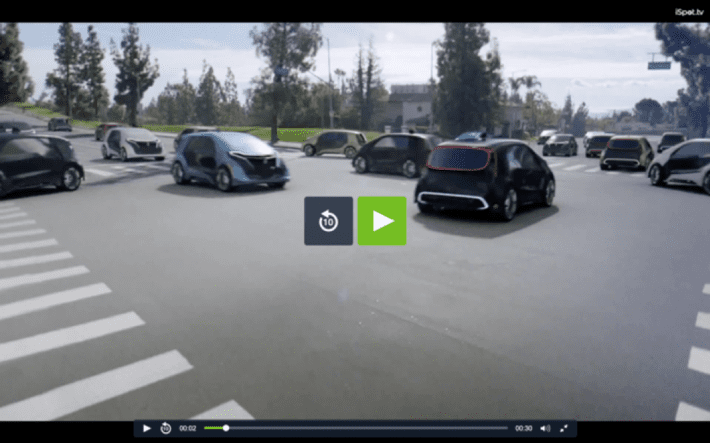
Figure 1: ‘The Future of Transportation’Enterprise Car Rental Commercial
As you can see in Figure 1, the autonomous vehicles appear to be randomly crossing the intersection, with cars driving through the intersection without stopping and waiting for the other cars. Because these cars are literally talking to each other – without a human to slow down or confuse the conversation – they are able to synchronize their crossing of the intersection without today’s ineffective human-necessitated process of negotiating stop lights. And we know that humans need strict controls to govern their driving process because many (most?) humans suck at complex tasks such as driving a car (see Figure 2).
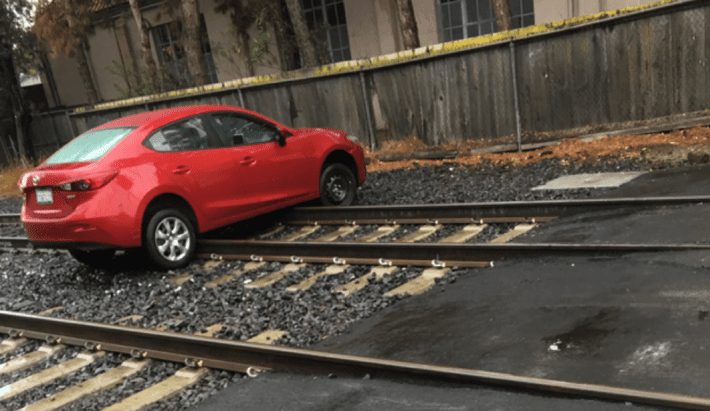
Figure 2: Example of humans’ tendency to err—car driver blunders onto local railroad crossing
There are other examples of organization’s leveraging new digital technologies (IoT, 5G, autonomous vehicles, 3D printing, Augmented Reality / Virtual Reality and AI / Machine Learning / Deep Learning) to “think differently” about their operational business models:
- Amazon uses random stocking algorithms to more effectively operate its distribution centers.Efficiency through randomization? Makes no sense if you’re thinking like a human but makes total sense if you are thinking like an intelligent machine. Look no further than how disk storage systems store data for rapid entry and retrieval.
- Walmart is trying to create the futuristic grocery store using Artificial Intelligence to augment the intelligence of their employees in keeping the shelves of their physical stores fully stocked. Inventory overstocks, out-of-stocks and returns is a big problem that haunts the entire retail industry to the tune of $75 trillion annually.
Organizations that expect to survive the avalanche of these new digital technologies must “think differently” about how they structure their operational and business models. Just applying these new technologies to optimize existing operational processes is just paving the cow path; that’s just taking existing inefficient processes and making them marginally better. And marginal improvements won’t win the day from a business model digital transformation perspective.
One has to take the time to think…to think differently…about how these new digital technologies and the resulting customer, product and operational data can be used to create new sources of customer, product and operational value.
3 Horizons of Digital Transformation
In 2000, McKinsey proposed the Three Horizons portfolio management framework. The “Three Horizons” framework is an approach that allows companies to manage a portfolio of projects for current and future growth. Then in 2015, Geoffrey Moore wrote his book “Zone to Win” as a management framework for organizations to prioritize and allocate projects with the goal of sustaining the current business while investing in future businesses. Soon, we were over-run in talk of “horizons” as a modern business management technique (see Figure 3).
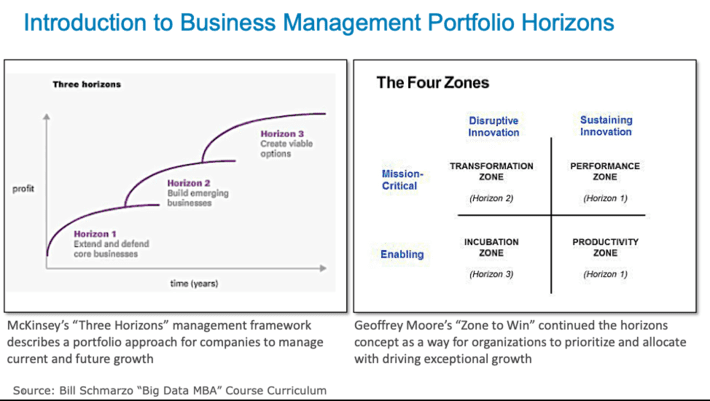
Figure 3: Introduction to Business Management Portfolio Horizons
Each of these “horizons” frameworks are designed to help an organization not get caught flat-footed by competitors (as well as former partners and customers) who are “thinking differently” about how these new digital technologies can create new sources of customer, product and operational value.
But let’s be careful to not over-simplify the discussion. Digital Transformation is more than just Digitalization. Digitalization leverages digital technologies (smart phones, tablets, IoT, robotics) to augment existing human-centric process, such as transmitting meter readings to the cloud using sensors on a more granular basis versus having human meter readers travel to the meter to get the reading every couple of weeks (see Figure 4).
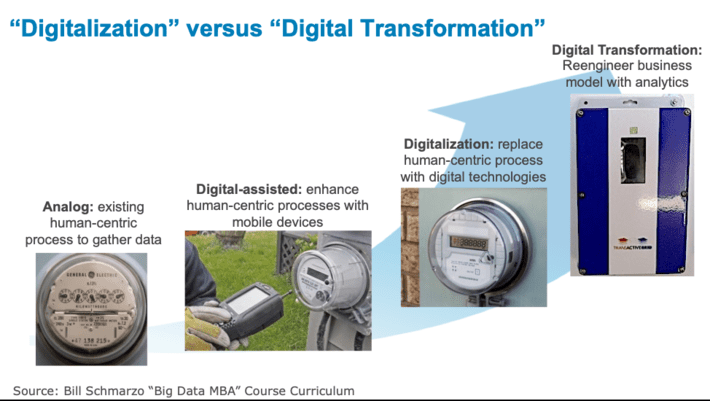
Figure 4: Difference between “Digitalization” and “Digital Transformation”
Digital Transformation is much harder, messier and many times more valuable than Digitalization. Digital Transformation leverages the economics of these new digital technologies and the resulting insights to re-engineer the organization’s business models to create new sources of customer, product and operational value. It’s the potential to exploit these new digital technologies and the even more valuable resulting data (more granular, low-latency, real-time) to re-engineer the organization’s business models. Digital Transformation requires a “Think Differently” approach, and that’s where the Horizons conversation comes into play.
Digital Transformation in the Farming Industry
Let’s walk through an example as to how digital transformation via these “horizons” might play out. Let’s say that you are in the farming machinery business; that you manufacture tractors, harvesters and other farming equipment. Figure 5 shows today’s farming industry value chain.
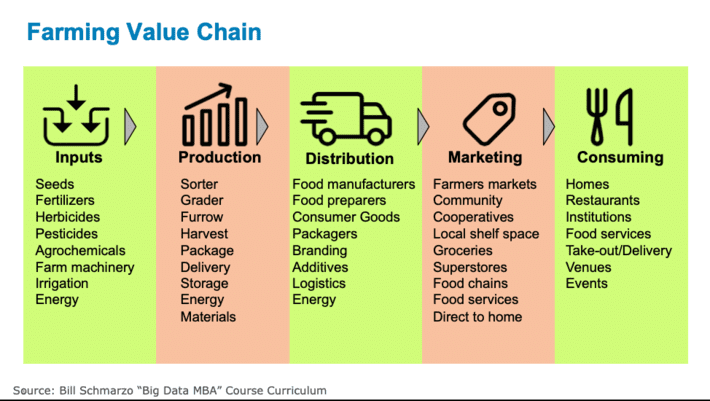
Figure 5: Farming Value Chain
And let’s say that you’re a farm equipment manufacturer that sees the need to “Thinking Differently” (probably from Iowa then) as you can see the storm clouds of these new digital technologies on the horizon. You talk to your customers and your partners. You see first-hand how their expectations are changing for an industry value creation perspective (they probably read my “Big Data MBA” book). Customers and partners want more intelligent products, more analytics-infused guidance on key business and operational decisions, and more flexible consumption models.
This farm equipment manufacturer needs a survival plan, and the horizons approach (especially when coupled with a Design Thinking-lead Envisioning Workshops) can provide the guidance to help the manufacturer not only understand where and how to deploy these new digital technologies, but also to “think differently” about how the resulting data and customer, product and operational insights can help them transverse the horizons journey (see Figure 6).
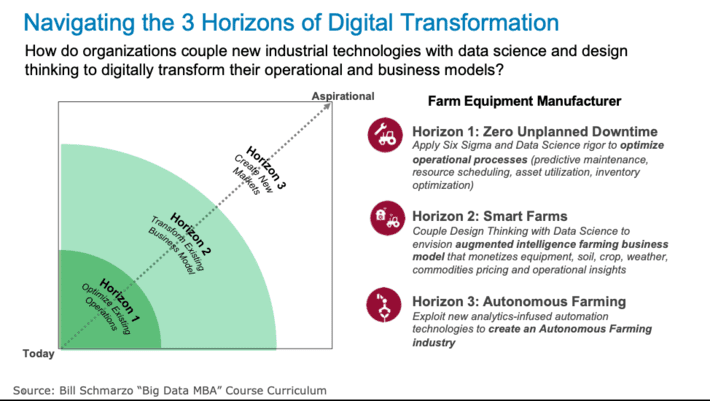
Figure 6: The 3 Horizons of a Farming Equipment Manufacturer
To summarize the farm equipment manufacturer’s digital transformation as depicted in Figure 6:
- Horizon 1: Optimize Current Operational Environment. Apply Six Sigma and Data Science rigor to optimize current operational processes such as zero unplanned operational downtime, predictive maintenance, resource scheduling, asset utilization, “first time fix” management, demand forecasting, energy optimization, waste minimization, fraud/theft reduction and inventory optimization.
- Horizon 2: Enable “Smart” Farms. Couple Design Thinking with Data Science to envision the creation of an “augmented intelligent” (AI?) farming business model that monetizes equipment, worker, soil, crop, weather, commodities pricing, economic and operational insights.
- Horizon 3: Create new Autonomous Farming industry. Exploit new analytics-infused automation technologies with superior equipment, worker, soil, crop, weather, commodities pricing, economic and operational insights to create a new Autonomous Farming industry.
Yea, kind of fun to think about!
Summary
The first questions that I pose to all of my clients is this:
“How effective is your organization at leveraging data and analytics to power your business models?”
With the advent of all these new digital technologies (IoT, 5G, autonomous vehicles, 3D printing, Augmented Reality / Virtual Reality and AI / Machine Learning / Deep Learning) and the resulting bounty of customer, product and operational insights, companies must double-down on answering this question and seek to become best-in-industry in their ability to exploit the economic value of data and analytics. Organizations, in order to survive the forthcoming digital transformation wave, most become more predictive, more prescriptive, more preventative, and more real-time while seek out new ways to monetize these new sources of customer, product and operational insights (see Figure 7).
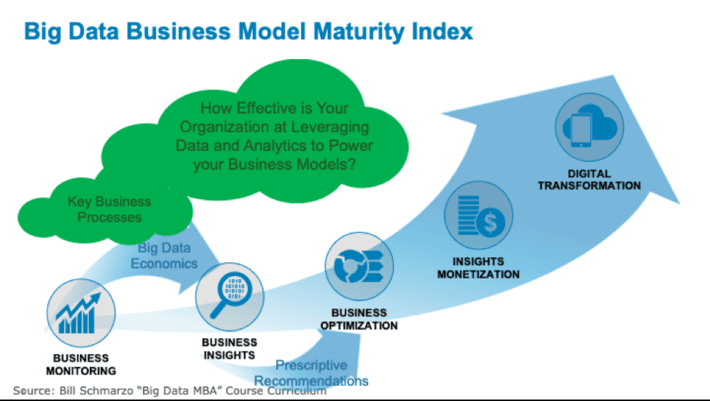
Figure 7 :Big Data Business Model Maturity Index
Your business leaders must “think differently” about how to embrace the economic potential and power of data and analytics to transform your organization’s business and operational models.
Otherwise, moo…
